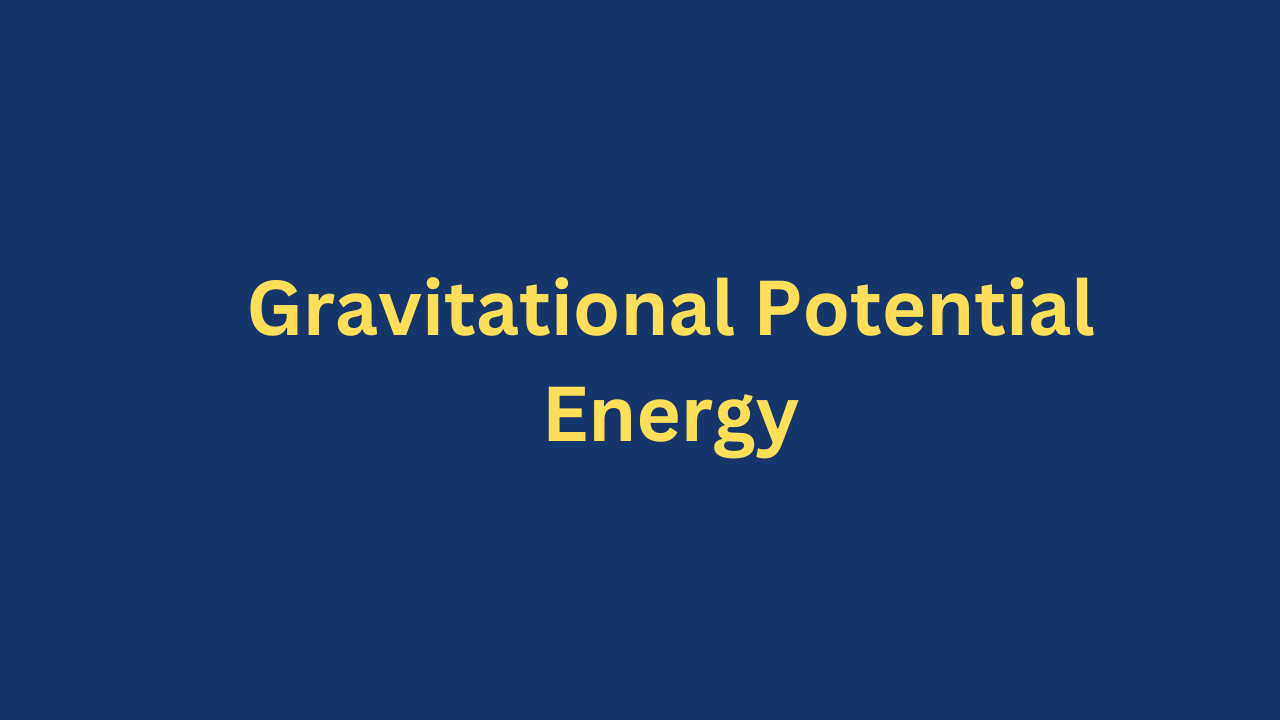Force
Force is any agent that can change the state of motion of an object. When you kick a ball a force is applied and the ball changes its position or state of motion. Force is a vector quantity having both magnitude and direction. The SI unit of force is Newton (N).
Mass and Weight
Mass and weight are the most confusing concepts in physics. Sometimes we use them interchangeably in daily life; however, in physics we must be careful while using them. Mass is the quantity of matter in a body which is constant everywhere. The SI unit of mass is kilogram (kg). weight is of course related to the mass of a body, but it has a little bit different definition. Weight is the force of gravity acting upon an object. Since it is a force, weight is directly proportional to the acceleration due to gravity, 𝑔. Weight is vector quantity which changes from place to place on the earth.
Thus,
$$w=mg$$
Where 𝑤 is the weight of the body in Newtons (N) and m is the mass of the body in kilograms (kg). Mass is the measure of the inertia of a body. Inertia is the measure of the reluctance of a body at rest to move or its reluctance to stop while in motion. The more the mass of a body the higher its inertia.
Newton’s First law of motion
In his first law of motion, Newton stated that all objects save their state of motion. In other words, if an object is at rest it will continue to be at rest and if it is in motion, it will continue to be in motion unless a non-zero force is applied on it. Newton’s first law of motion is sometimes called the law of inertia which stated that, objects want to continue their state of motion whether they are at rest or in motion.
Newton’s Second Law of Motion
According to the Newton’s second law of motion, force (F) is linearly proportional to product of mass (m) and acceleration of a body.
Thus,
$$F=ma$$
If the mass is constant, when we increase the force, the object gains acceleration with the same amount or, if the force is constant, when we decrease the mass, the acceleration increases with the same amount.
Newton’s Third Law of Motion
Newton’s third law states that when two bodies interact, they apply forces (action and reaction) to one another that are equal in magnitude and opposite in direction. The third law is also known as the law of action and reaction. This law is important in analyzing problems of static equilibrium, where all forces are balanced, but it also applies to bodies in uniform or accelerated motion.
$$\text{𝑎𝑐𝑡𝑖𝑜𝑛 = −𝑟𝑒𝑎𝑐𝑡𝑖𝑜𝑛}$$
Momentum and Impulse
Any object can have momentum. This is because momentum is mass in motion. The way we determine an object’s momentum is fairly straightforward. Momentum (p) is the object’s mass (m) times its velocity (v).
Thus,
$$p=mv$$
Momentum is proportional to both mass and velocity, meaning that a change in one will cause the same amount of change in the other. So, if you increase the mass of an object, you also increase its momentum.
The same is true for velocity. Increase or decrease the object’s velocity and you increase or decrease its momentum by the same amount. To understand how a change in momentum affects an object, we look to impulse. Force is an important factor, but time also counts. Specifically, when we are interested in knowing how long the force acts. For example, if you push a box across the floor for just a few seconds, the time interval is very short. But if you push a box across the same floor and you do so with the same force as before, but this time for several minutes, you’ve increased the amount of time the force acts. This longer time interval leads to a grater change in momentum. This change in momentum is called impulse. Impulse has the same SI unit of \(\:kgm/s\:\) as that of momentum.
$$
\text{Impulse = change in momentum} = m(v-u)=m\left (\frac{v-u}{t} \right)\times t
$$
$$
=mat=Ft
$$



